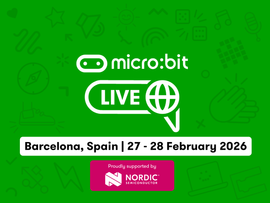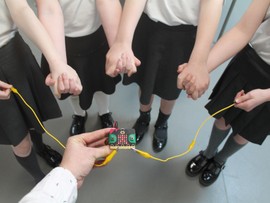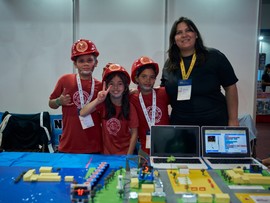do your :bit international showcase December 2025
Celebrating young people's creativity all over the world, with the projects submitted to the do your :bit international showcase.
This year we worked with select partners to run do your :bit challenges all over the world. Students came up with lots of incredible projects and ideas to address the Sustainable Development Goals using technology and the micro:bit.
do your :bit is designed to give schools and students resources and motivation to use the micro:bit to help solve the UN’s Global Goals. This design challenge, originally created in collaboration with World’s Largest Lesson, is a great way to inspire children to create their best digital future.
Celebrate all of those wonderful projects in the do your :bit international showcase. Then, explore all the submitted projects from our partners on our website.
This showcase highlights just a snapshot of the inspiring DYB projects happening around the world, offering a glimpse into the creativity and impact of our global community. If you're inspired, take a look at our resources and run your own challenge!
Our do your :bit partners
Thank you to our fantastic partners, who've worked hard to run do your :bit challenges in their own areas and shared these incredible projects with us.
- Brazilian Network for Creative Learning, Brazil
- California Invention Convention 2025, USA
- Ceibal, Uruguay
- Centro Educacional Bosque Do Saber, Brazil
- Coding for Kids Iraq
- doyourbit.xyz, United Arab Emirates
- MakersPlace Ghana
- Microsoft Dream Space, Ireland
- New Brunswick Centre of Excellence, Canada
- Project Invent, USA
- RTX Invention Convention, USA
- Socialinnov, Greece
- Technovation, Brazil, India, Japan, Spain
- UNICEF Tinkering with Tech, Honduras and Viet Nam


